Our history
The British Orienteering Federation Limited, branded as British Orienteering is the national governing body for the sport in the United Kingdom and Isle of Man.
The federation was founded in June 1967, and is a member of the International Orienteering Federation (IOF).
Inception
The British Orienteering Federation was founded on 17th June 1967 at a meeting in Barnard Castle, Co. Durham after much preparation by the English and Scottish Orienteering Associations; the English Orienteering Association was disbanded when the British Orienteering Federation came into being. A British Orienteering Federation Executive Committee worked quickly to establish common practice in all areas of the UK where Orienteering had started.
The first British Orienteering Championships, with what came to be known as ‘classic’ courses, was held the following day in Hamsterley Forest, on an O.S. 1:25,000 photocopied map. From the Final Details: “Many earth-type forest roads exist which are not shown on the map, whilst a few stone walls shown on the map are no longer in existence or have become earth mounds. Other tracks which are shown on the map have fallen into disuse and are difficult to define.”
For the Senior Men’s course the planner was Lol Clarke, South Ribble Orienteering Club and controller (called ‘vetter’ at that time) was John Haworth, Pendle Forest Orienteers. The 10.2 km course was won by Gordon Pirie in 1:51:50, with several well-known early pioneers close behind: Chris James 3rd, Chris Brasher 5th, John Disley 8th and Martin Hyman 9th. Carol McNeill won the Senior Women’s course by more than 11 minutes! S. Bone (later Sue Harvey) was 7th. Southern Navigators won the Senior Men’s Team Trophy.
The event was well reported in The Guardian and The Daily Mail. It was re-enacted on the 25th Anniversary in 1992 over 2 days, the first day with the old map and courses and the second as a modern event.
On 27th October that year Chris Bonington, who later became British Orienteering’s President, wrote an article published in the Sunday Telegraph Magazine which brought Orienteering into the wider public eye for the first time.
Two pioneers – Chris Brasher and John Disley
Chris Brasher, an Olympic Gold-medallist in 3000m steeplechase who after retirement from athletics embraced Orienteering and became the first Chairman of the British Orienteering Federation, could be said to be the most proactive of the pioneers. He and John Disley, also an Olympic medal-winner, were close colleagues. Whereas Brasher managed things, Disley was the technical and ‘field’ expert, and moderator of some of Brasher’s wilder ideas. “Brasher lit fires; Disley dampened them down,” as the obituary for Disley in The Guardian put it.
Brasher led the team that took part in the 1966 World Orienteering Championships, and was the Event Director for the 1976 World Orienteering Championships held in Scotland. His influence was immense in all aspects of orienteering’s development in its early days in the UK.
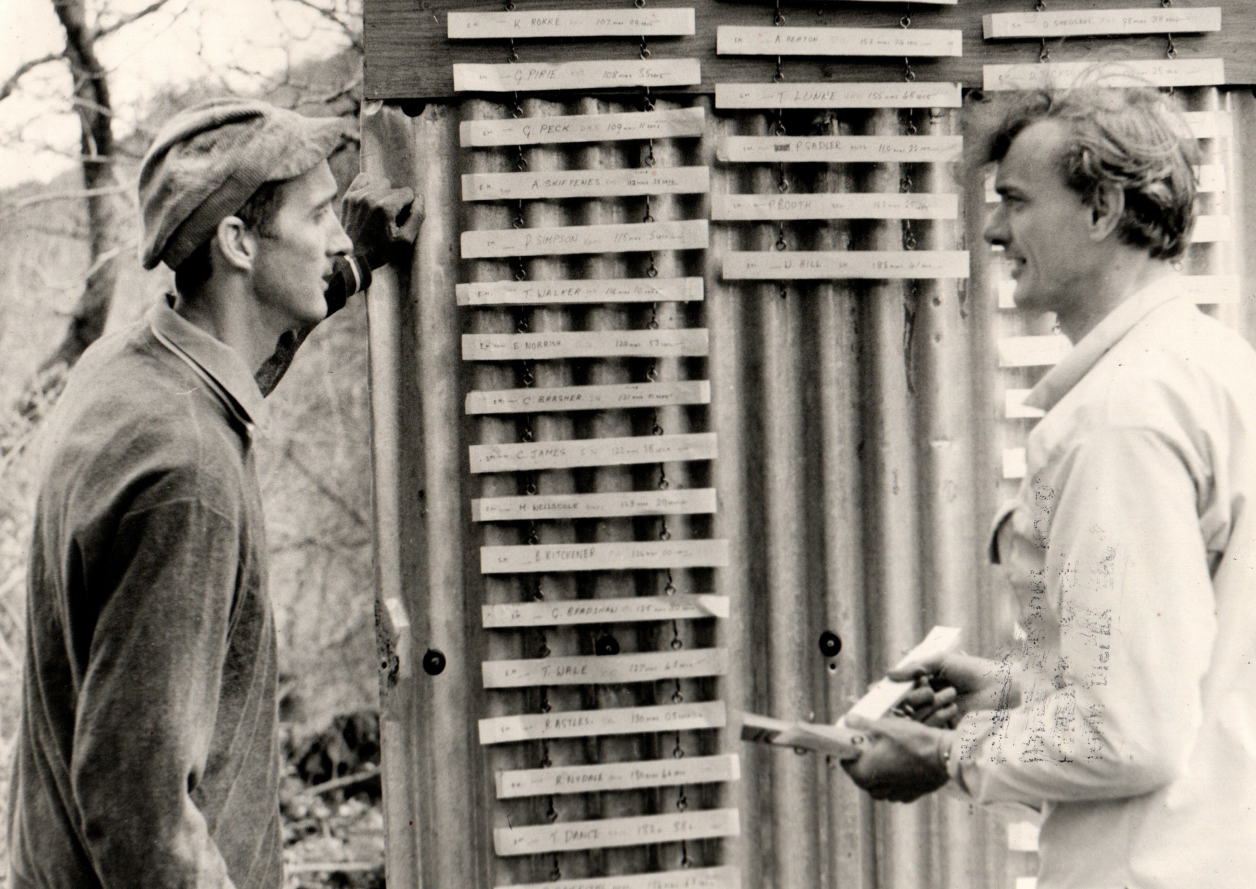

Hugh Brasher, son of Chris Brasher, says: "My father loved orienteering; he called it like car rallying without a car, the best sport so far invented by man and the only sport that keeps you completely and utterly stretched both mentally and physically."
Disley worked hard to develop course planning, mapping and training standards. Highly respected the world over, he was a member of the International Orienteering Federation Council from 1973 to 1984.
Both Brasher and Disley were later elected Vice Presidents of the British Orienteering Federation.
Several of the pioneers of Orienteering in southern England were ex-athletes. In addition to Brasher and Disley, Gordon Pirie, Martin Hyman, Roger Bannister and Bruce Tulloh were all involved. Martin Hyman went on to manage the British Elite Squad for many years and was a highly respected coach and motivator.
‘Up North’, one of the most active pioneers was Gerry Charnley, South Ribble Orienteering Club. He was hugely influential in the development of Orienteering until tragically killed in a mountaineering accident in the Lake District in 1982. A crag on the upper slopes of Esk Pike is named in his honour.
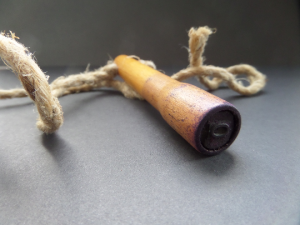
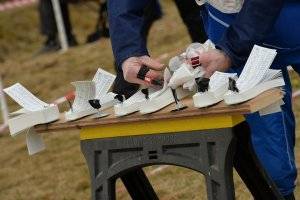
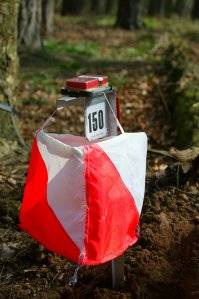
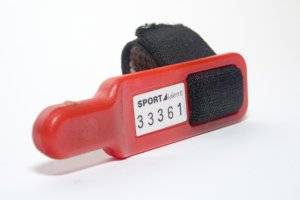
British Orienteering's Archive
British Orienteering has an archive in the Special Collections department of the Sheffield University Library. The archive contains a large number of paper records of all kinds going back to the very start of orienteering in the UK.
These include maps and results files from almost all registered events held from the late 1960’s until early 2009, and all British Orienteering Federation Council and Committee records up to the time of digitalisation.
Complete sets of all national o-magazines including The Orienteer, CompassSport and Focus, and most regional magazines from their first issues until some point in the 1990’s are in the archive. There is an extensive collection of books, including almost all books about Orienteering ever published in the U.K.
And much else besides! An outline description of the collection can be found at Collection: British Orienteering Federation Archive | Discover Our Archives (shef.ac.uk). The full archive listing (30 files) and the Book List (9 files), together with contact and location details, can be found here.
Visits to the Special Collections department can be made by appointment; the reading room is open from 9.30 am to 1:00 pm and from 2:00 pm to 4:30 pm on most weekdays. It is best to state in advance what you want to look at, and the relevant boxes will be brought into the reading room before you arrive.

Special Golden Jubilee edition of Focus Membership Magazine
The summer 2017 edition of Focus, the magazine distributed at that time to BOF members, includes a special multi-page feature to mark this key milestone. It covers a variety of aspects of our sport over the 50 years.
The early years are described, and the features included show how the sport of Orienteering has developed over the 50 years. It is of course quite impossible in just a few pages to portray adequately all facets of the Federation's life over 50 years! The orienteers who feature on these pages are representative of all the dedicated people from every part of the UK who have contributed so much to British Orienteering Federation's growth and development.
Focus Editor at that time Jennie Taylor and former British Orienteering Federation Chairman Clive Allen delved deeply into the archive and files to put together this special edition. You can read this edition of Focus here.
All photographs included are sourced from British Orienteering's Archive.
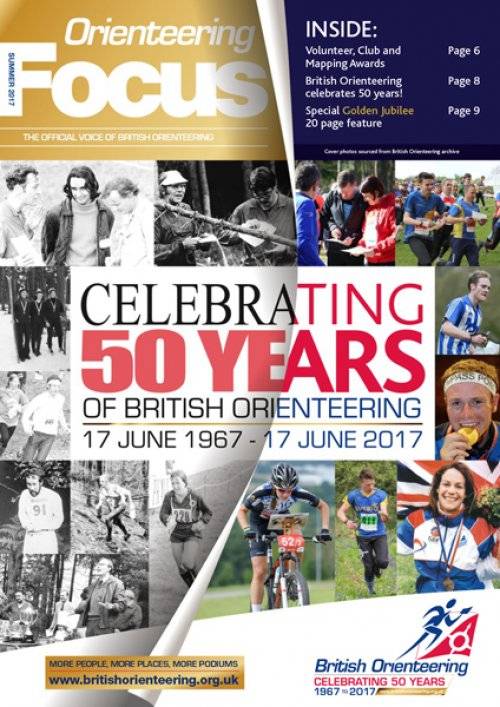
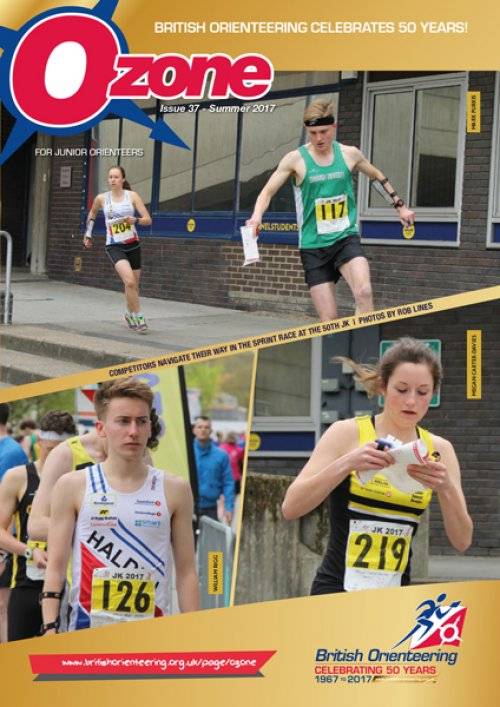
A short film: British Orienteering is celebrating it's Golden Jubilee.
Have you ever wondered what orienteering looked like when it all began? In 2017, the British Orienteering Federation celebrated it's Golden Jubilee.
Katherine Bett (ShUOC/SN) presents a look at 50 years into the past and the future of orienteering in this special 50th-anniversary film showing the growth and development of the sport of orienteering over the years.
